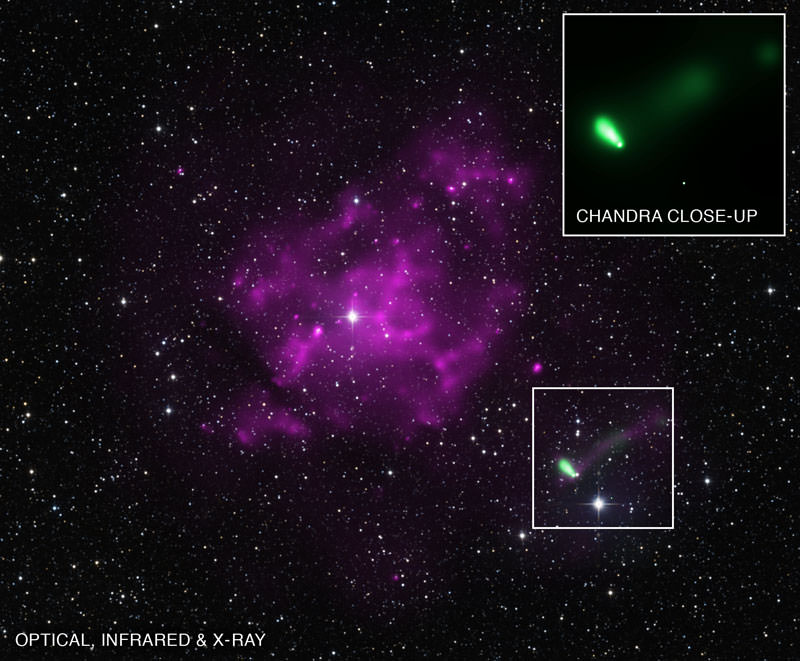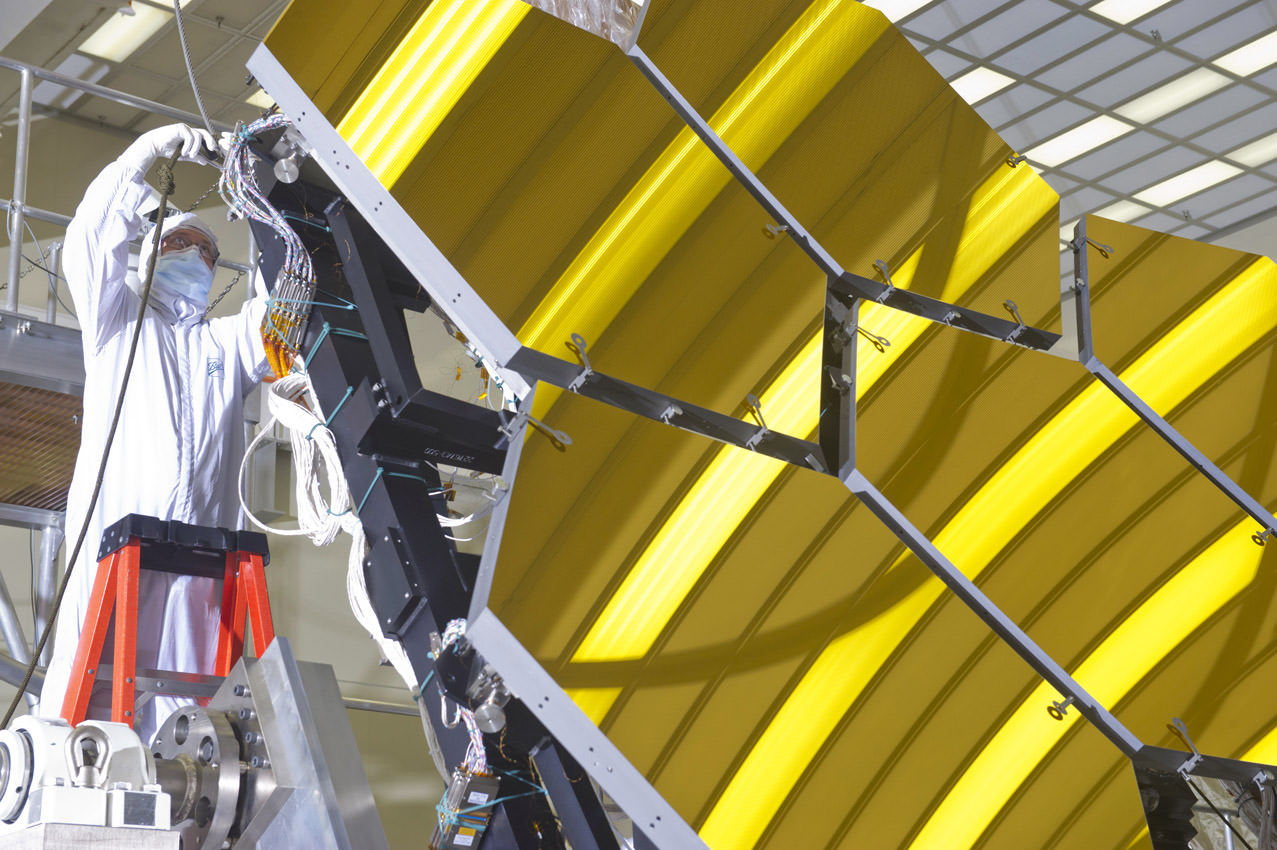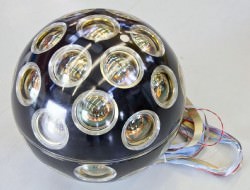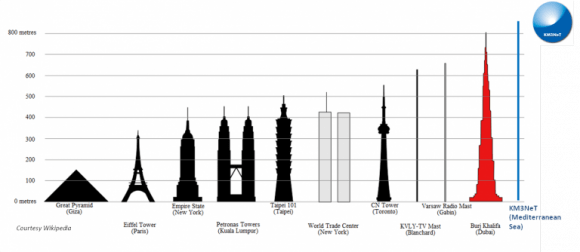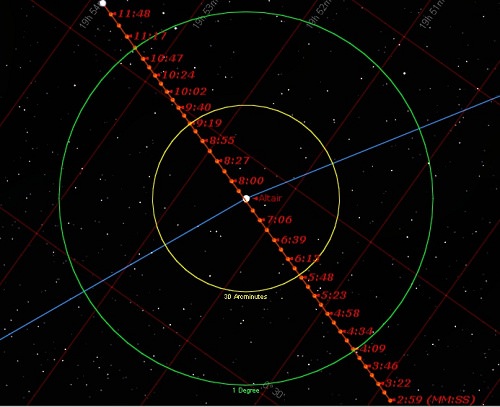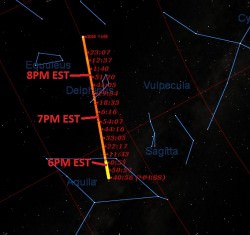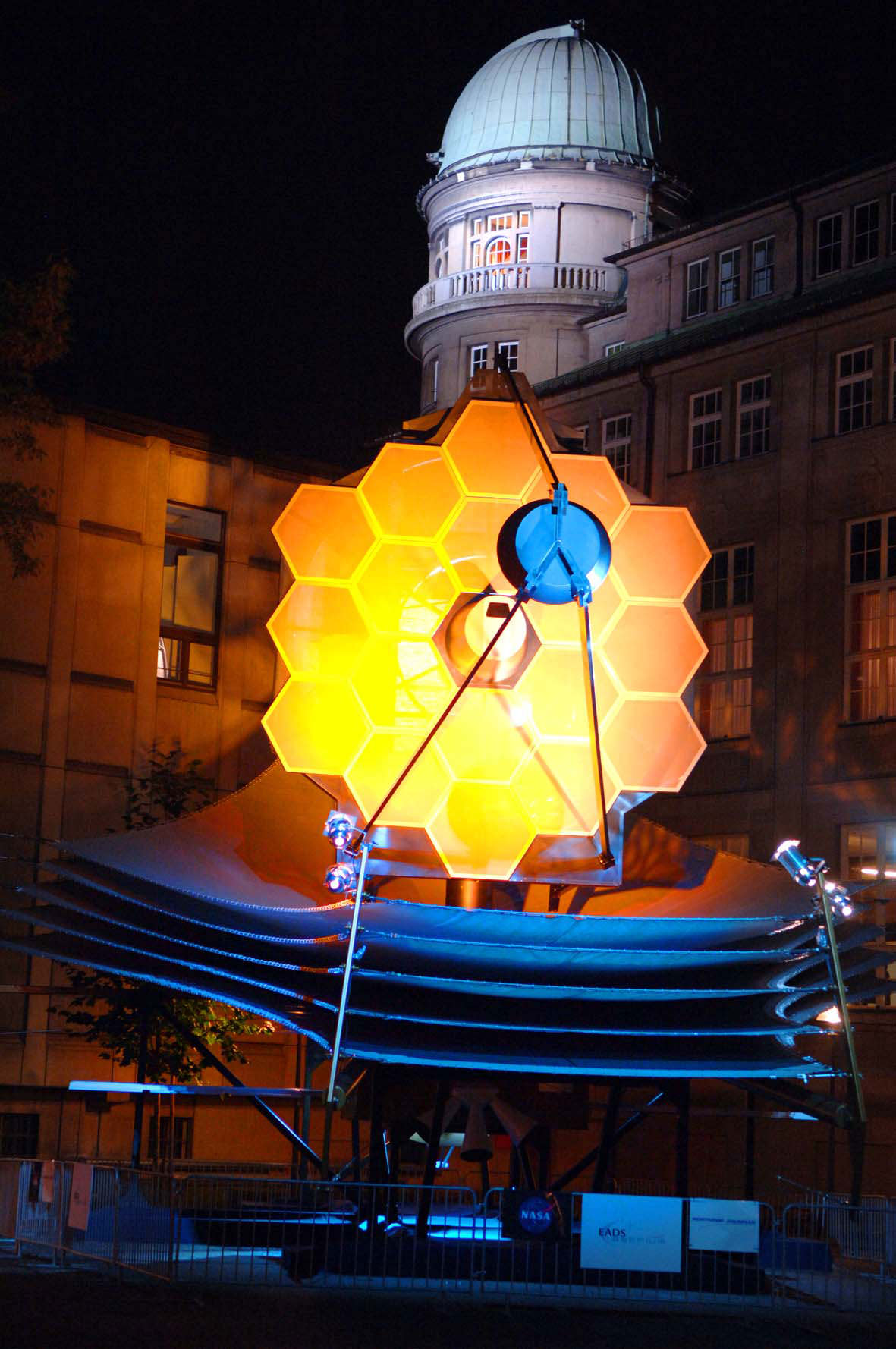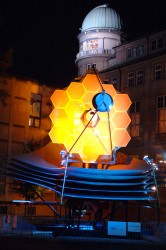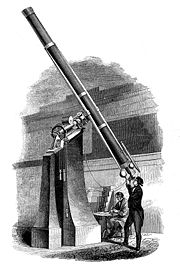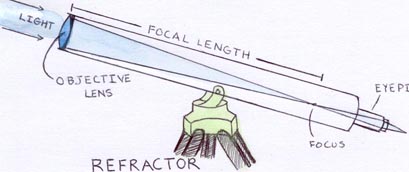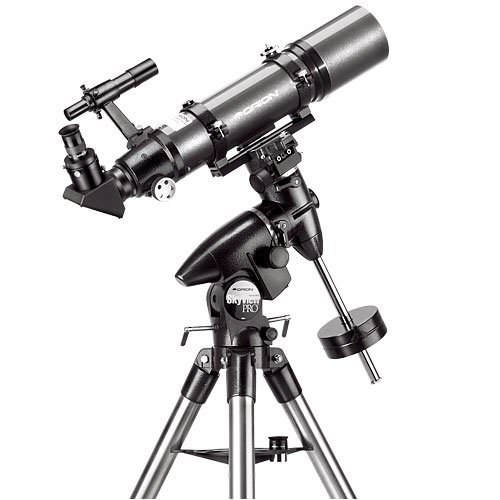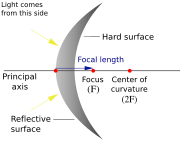Zoomed-in image from the Dark Energy Camera of the barred spiral galaxy NGC 1365, about 60 million light-years from Earth. (Dark Energy Survey Collaboration)
The ongoing search for dark energy now has a new set of eyes: the Dark Energy Camera, mounted on the 4-meter Victor M. Blanco telescope at the National Science Foundation’s Cerro Tololo Inter-American Observatory in Chile. The culmination of eight years of planning and engineering, the phone-booth-sized 570-megapixel Dark Energy Camera has now gathered its very first images, capturing light from cosmic structures tens of millions of light-years away.
Eventually the program’s survey will help astronomers uncover the secrets of dark energy — the enigmatic force suspected to be behind the ongoing and curiously accelerating expansion of the Universe.
Zoomed-in image from the Dark Energy Camera of the Fornax cluster
“The Dark Energy Survey will help us understand why the expansion of the universe is accelerating, rather than slowing due to gravity,” said Brenna Flaugher, project manager and scientist at Fermilab.
Read more: Polar Telescope Casts New Light on Dark Energy
The most powerful instrument of its kind, the Dark Energy Camera will be used to create highly-detailed color images of a full 1/8th of the night sky — about 5,000 square degrees — surveying thousands of supernovae, galactic clusters and literally hundreds of millions of galaxies, peering as far away as 8 billion light-years.
The survey will attempt to measure the effects of dark energy on large-scale cosmic structures, as well as identify its gravitational lensing effects on light from distant galaxies. The images seen here, acquired on September 12, 2012, are just the beginning… the Dark Energy Survey is expected to begin actual scientific investigations this December.
Full Dark Energy Camera composite image of the Small Magellanic Cloud
“The achievement of first light through the Dark Energy Camera begins a significant new era in our exploration of the cosmic frontier,” said James Siegrist, associate director of science for high energy physics with the U.S. Department of Energy. “The results of this survey will bring us closer to understanding the mystery of dark energy, and what it means for the universe.”
Read more on the Symmetry Magazine article here, and you can also follow the Dark Energy Survey on Facebook here. (The Fermilab press release can be found here.)
Images: Dark Energy Survey Collaboration. Inset image: the 4-meter Blanco Telescope dome at CTIO (NOAO)
The Dark Energy Survey is supported by funding from the U.S. Department of Energy; the National Science Foundation; funding agencies in the United Kingdom, Spain, Brazil, Germany and Switzerland; and the participating DES institutions.

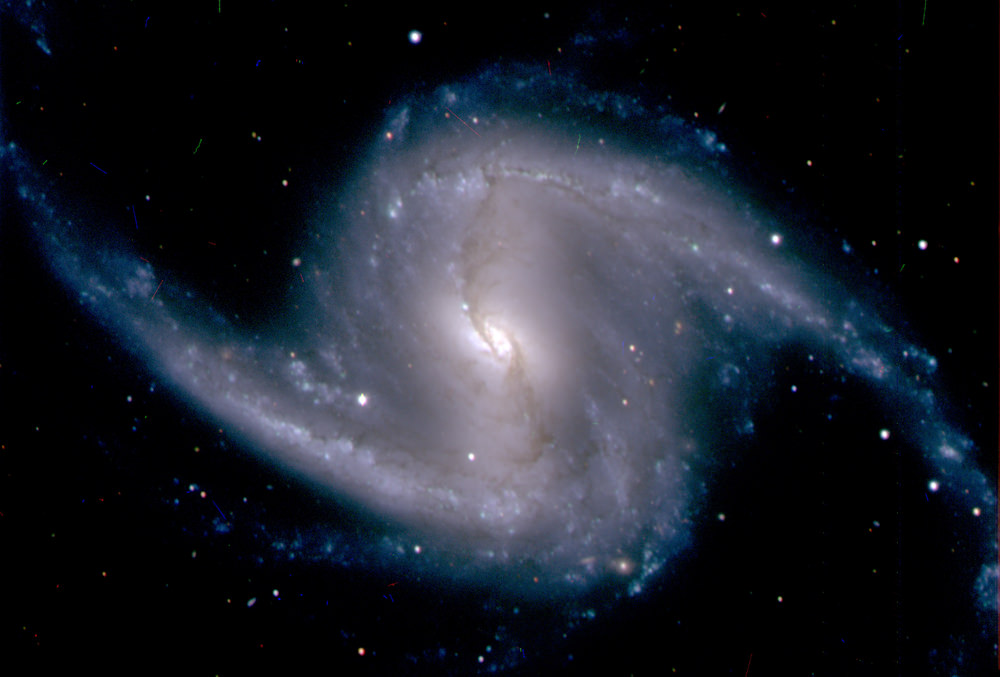
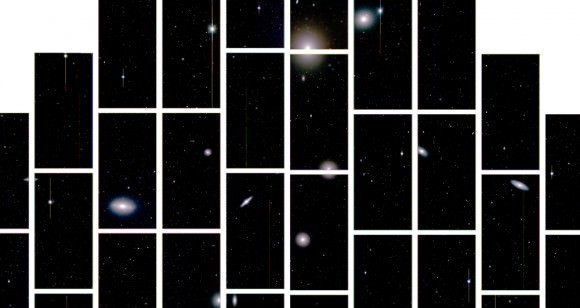

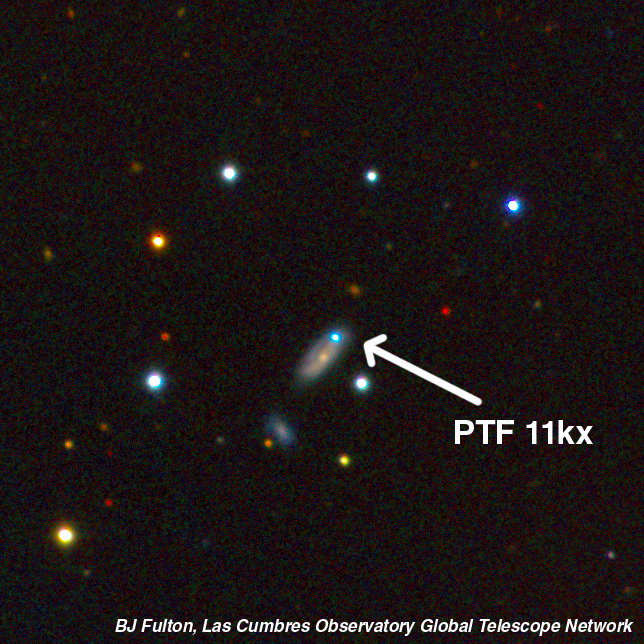
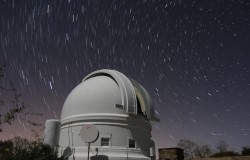
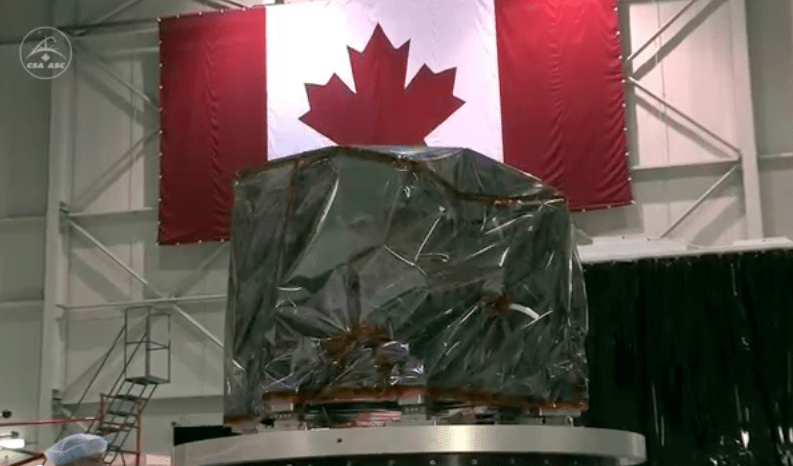
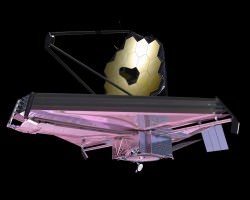 The FGS consists of two identical cameras that are critical to Webb’s ability to “see.” Their images will allow the telescope to determine its position, locate its celestial targets, and remain pointed to collect high-quality data. The FGS will guide the telescope with incredible precision, with an accuracy of one millionth of a degree.
The FGS consists of two identical cameras that are critical to Webb’s ability to “see.” Their images will allow the telescope to determine its position, locate its celestial targets, and remain pointed to collect high-quality data. The FGS will guide the telescope with incredible precision, with an accuracy of one millionth of a degree.